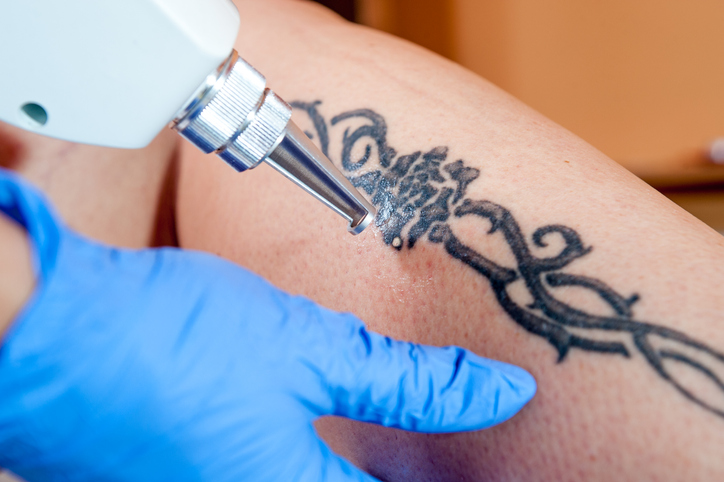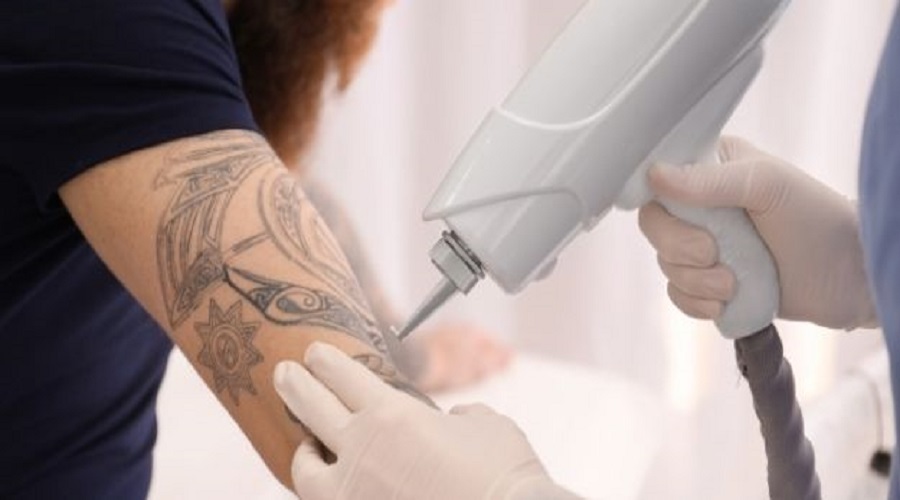There is no one-size-fits-all answer to this question, as the best way to become a tattoo removalist may vary depending on your qualifications and experience. However, some tips on how to become a tattoo removalist include completing a formal training program in laser tattoo removal, becoming certified by a professional organization such as the National Laser Institute, and gaining experience by working with an experienced laser technician.
- There is no formal education required to become a tattoo removalist, but most practitioners have some medical training
- Some common routes to becoming a tattoo removalist include: 1
- Completing a medical esthetician or electrology program: Many schools that offer these programs also include tattoo removal training
- This route may be ideal for those interested in working in a med spa or dermatology office
- Apprenticeship with an experienced tattoo removalist: This is often the quickest way to get started in the field and learn the ropes from someone who has already established themselves
- On-the-job training: Some laser clinics will hire individuals with little to no experience and provide on-the-job training
- This can be a great option for those who are looking for entry-level positions
How to Start a Tattoo Removal Business | Simple to Follow Instructions

Credit: www.ziprecruiter.com
What Qualifications Do I Need to Remove Tattoos?
If you’re looking to remove a tattoo, there are a few things you need to keep in mind. First and foremost, it’s important to understand that there are different types of tattoos and each type will require different removal techniques. For instance, amateur tattoos are generally easier to remove than professional tattoos.
This is because amateur tattoos tend to be shallower and less Pigment is used in the ink.
That being said, even professional tattoos can be removed with the right qualifications and experience. There are two main types of lasers used for tattoo removal: Q-switched Nd: YAG lasers and picosecond lasers.
Q-switched Nd: YAG lasers have been around for many years and are considered the gold standard for tattoo removal. They work by breaking up the ink pigment into smaller pieces which can then be absorbed by the body.
Picosecond lasers are newer technology but they have been shown to be just as effective as Q-switched Nd: YAG lasers.
In fact, some studies have shown that picosecond lasers may actually be more effective at removing certain types of pigments (such as blue and green).
So, what qualifications do you need in order to safely and effectively remove tattoos? First of all, it’s important that you have a medical background or training in laser safety.
It’s also helpful if you have experience working with lasers since this will give you a better understanding of how they work and how to use them properly. Finally, it’s always best to consult with a dermatologist or other skin specialist before undergoing any kind of laser treatment – this way you can make sure that the procedure is right for you and your skin type.
Is Tattoo Removal a Good Career?
Tattoo removal is a good career for those who are interested in the medical field and have a steady hand. The job requires precision and an eye for detail, as well as a knowledge of the different tattoo removal methods. There is a growing demand for tattoo removal, as more people are getting tattoos and then regretting them later.
With the right training, tattoo removal can be a lucrative and rewarding career.
Is There a Demand for Tattoo Removal?
Yes, there is a demand for tattoo removal. While some people are perfectly happy with their tattoos, others may regret them later on down the road. There are a number of reasons why someone might want to get a tattoo removed, ranging from personal preference to job requirements.
Whatever the reason, there are plenty of options available for those looking to get rid of their ink.
One of the most popular methods of tattoo removal is laser surgery. This type of procedure uses high-powered lasers to break up the pigments in the tattoo, allowing them to be absorbed by the body over time.
Laser surgery is generally safe and effective, although it can be quite expensive. Some insurance companies will cover the cost of laser tattoo removal if it is deemed medically necessary.
Another option for tattoo removal is dermabrasion, which involves sanding down the top layer of skin where the tattoo resides.
This method can be painful and may require multiple sessions to completely remove a tattoo. It is also not recommended for people with certain skin conditions such as eczema or psoriasis.
If you’re considering getting a tattoo removed, it’s important to consult with a qualified professional beforehand to discuss your options and find out what will work best for your individual case.
Is Tattoo Removal Big Business?
Yes, tattoo removal is big business. In the United States alone, there are over 100 laser tattoo removal clinics and the industry is growing. The average cost of laser tattoo removal is $200 per session and it can take up to 10 sessions to remove a tattoo completely.
There are also a number of other methods of tattoo removal that are available, but they are typically less effective and more expensive.
Conclusion
In order to become a tattoo removalist, there are a few things that you will need to do. First, you will need to find a reputable training program that will teach you the necessary skills. Once you have completed the training, you will then need to obtain a license from your state in order to practice tattoo removal.
Finally, you will need to find a good location for your business and start marketing your services.




